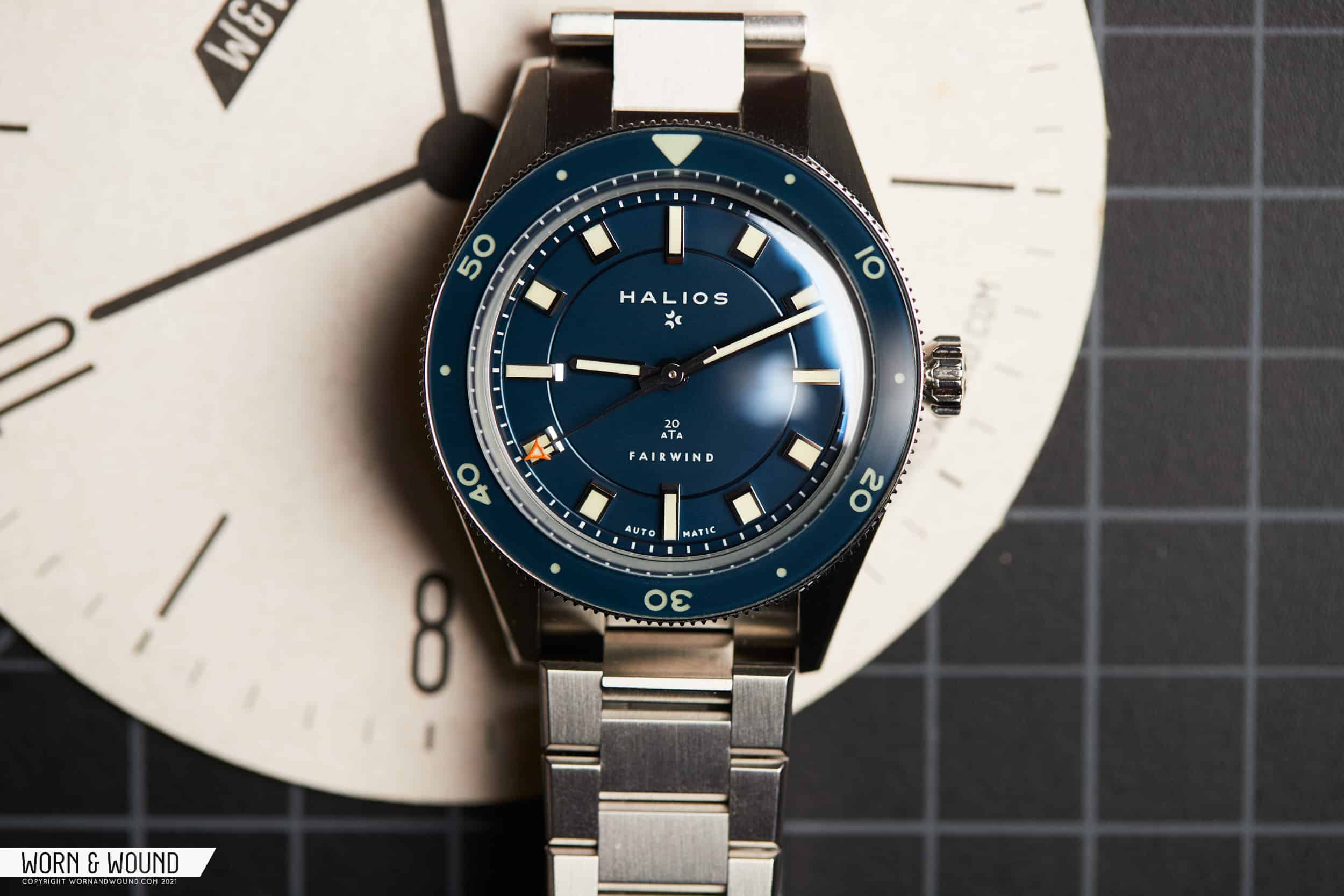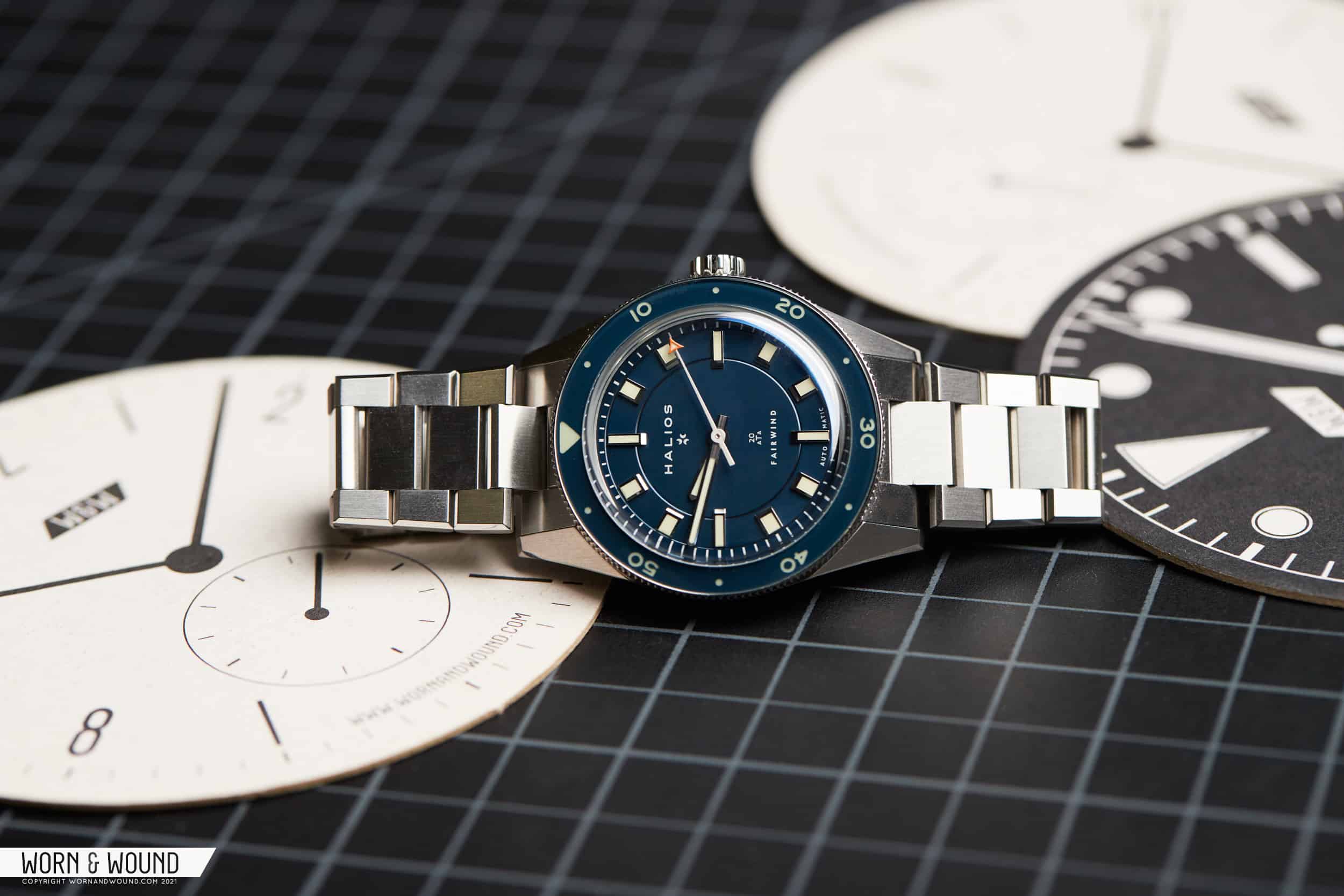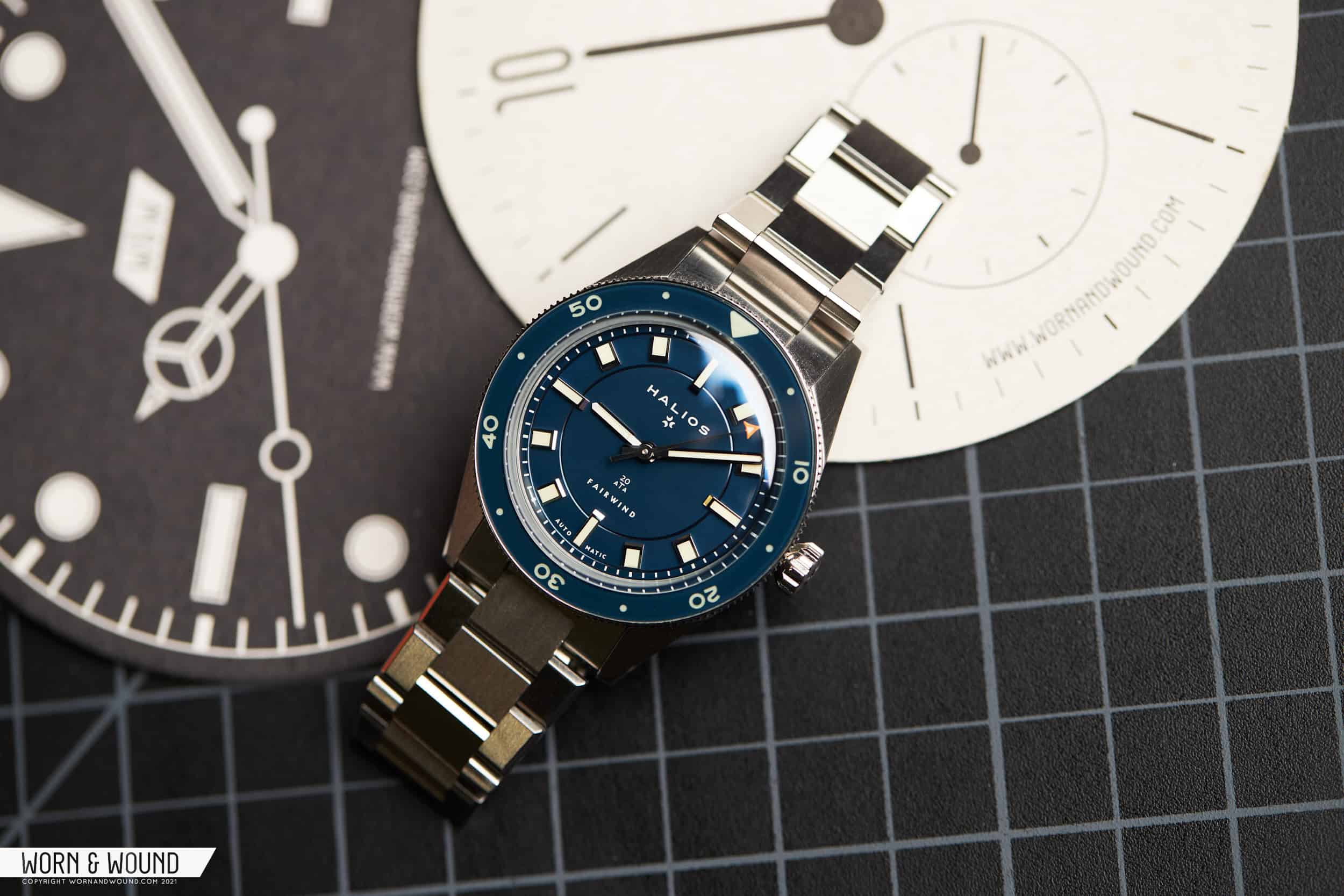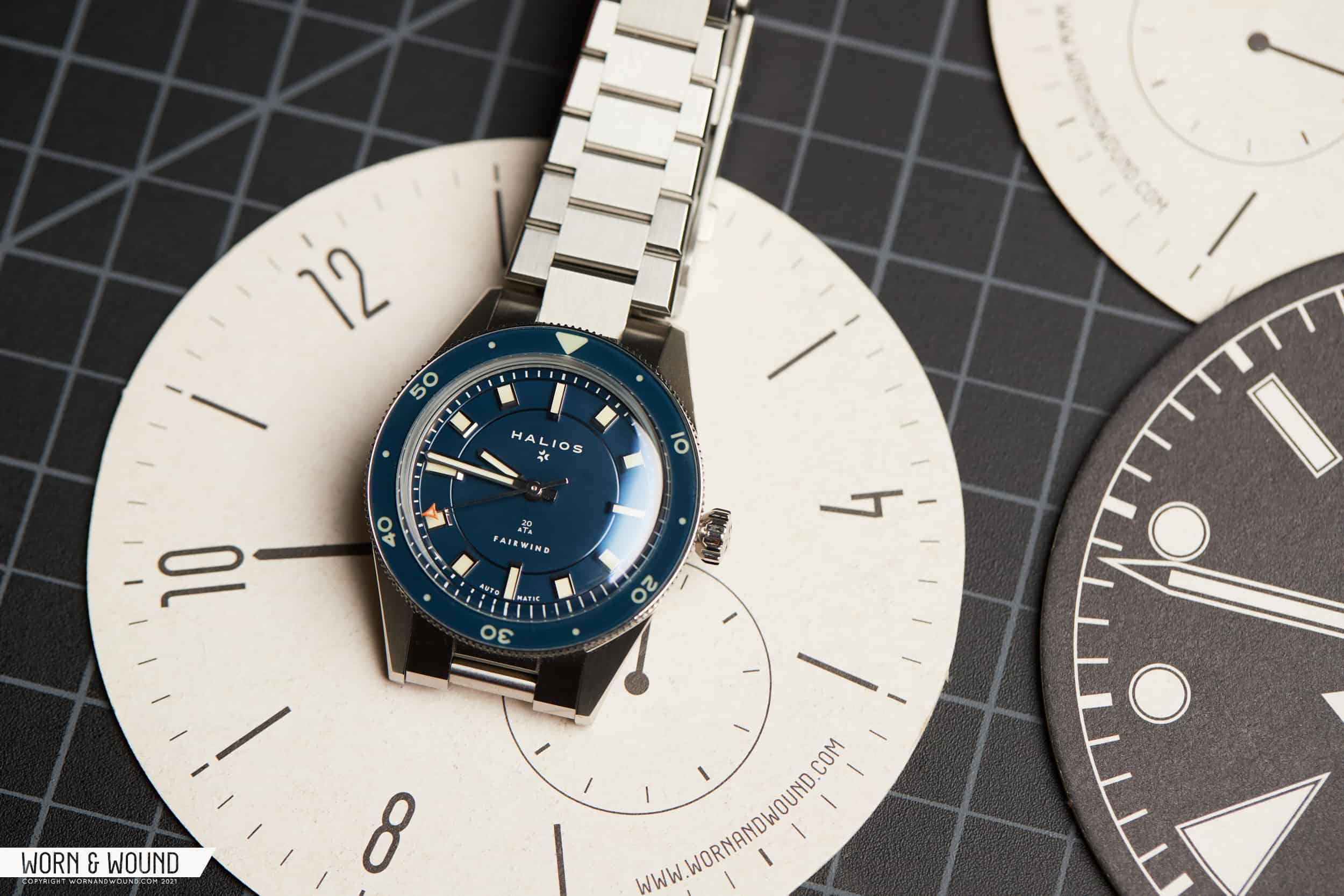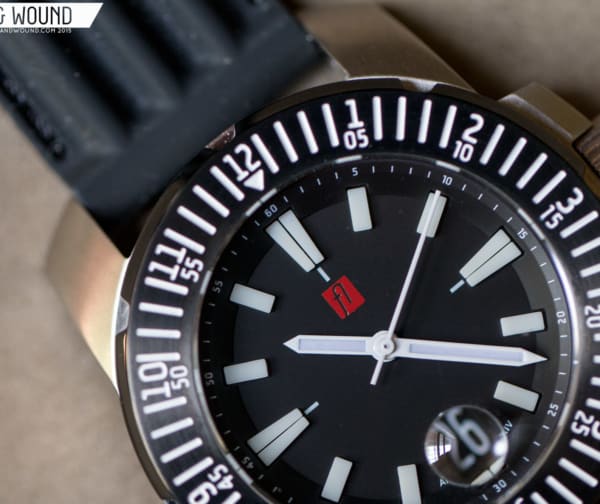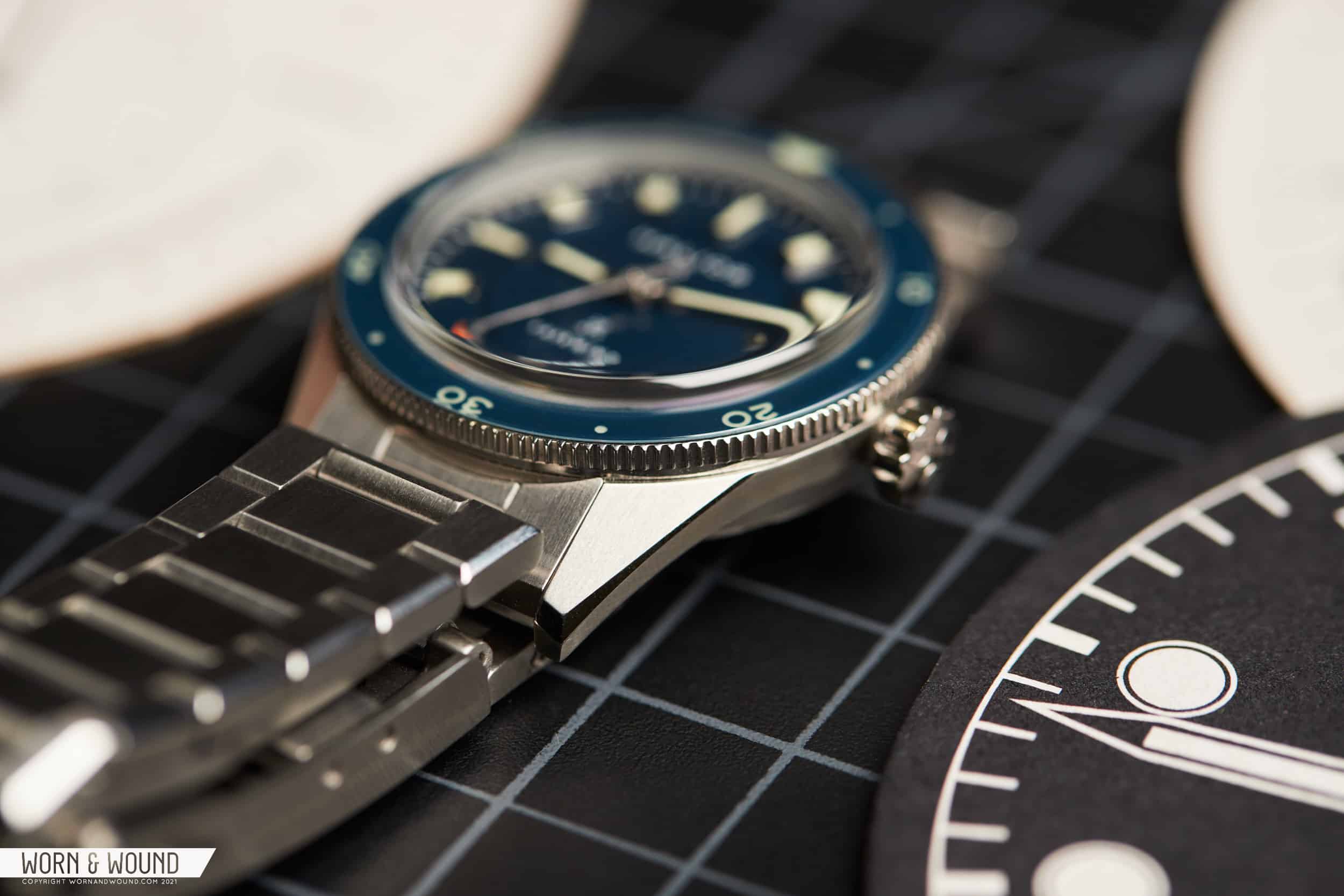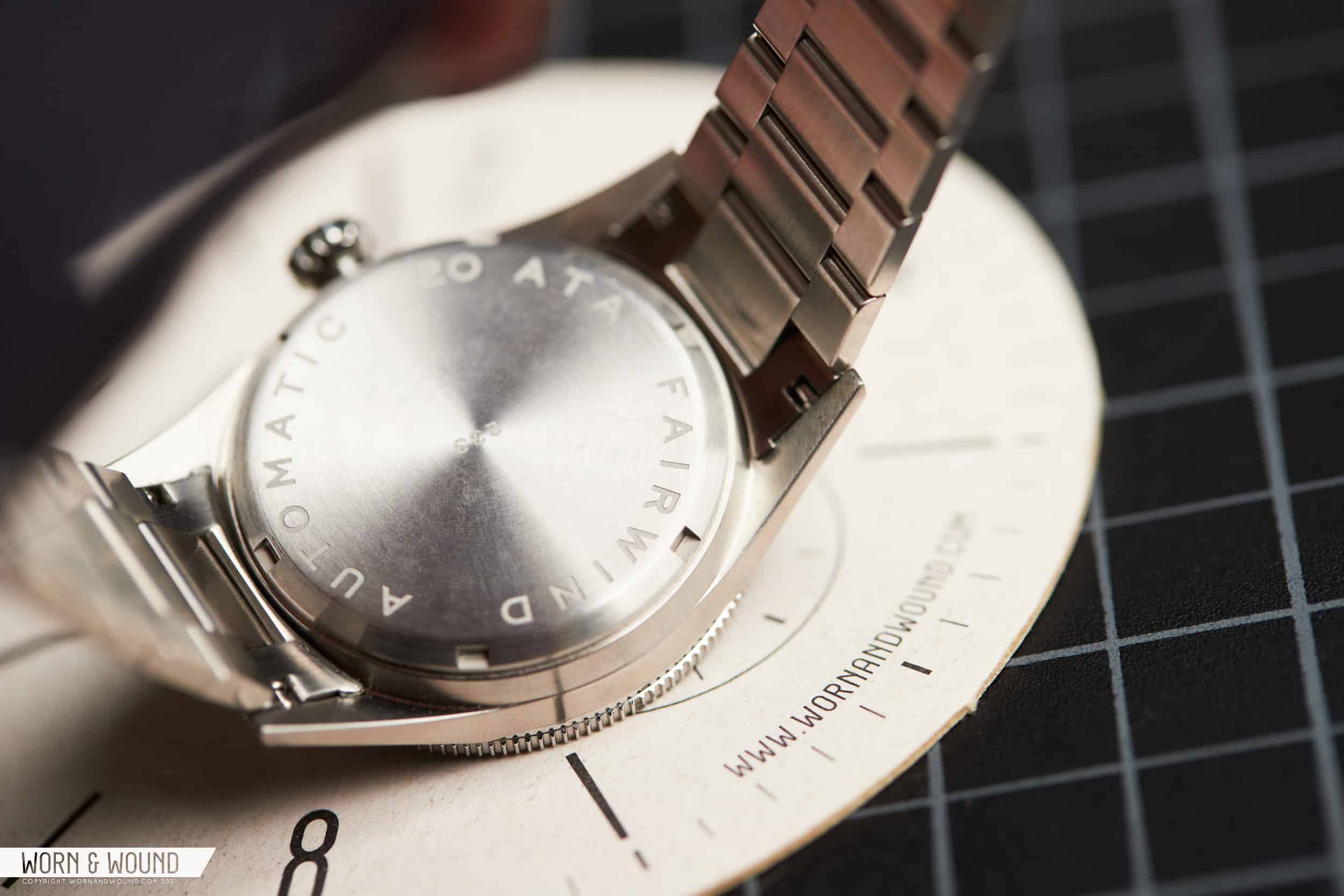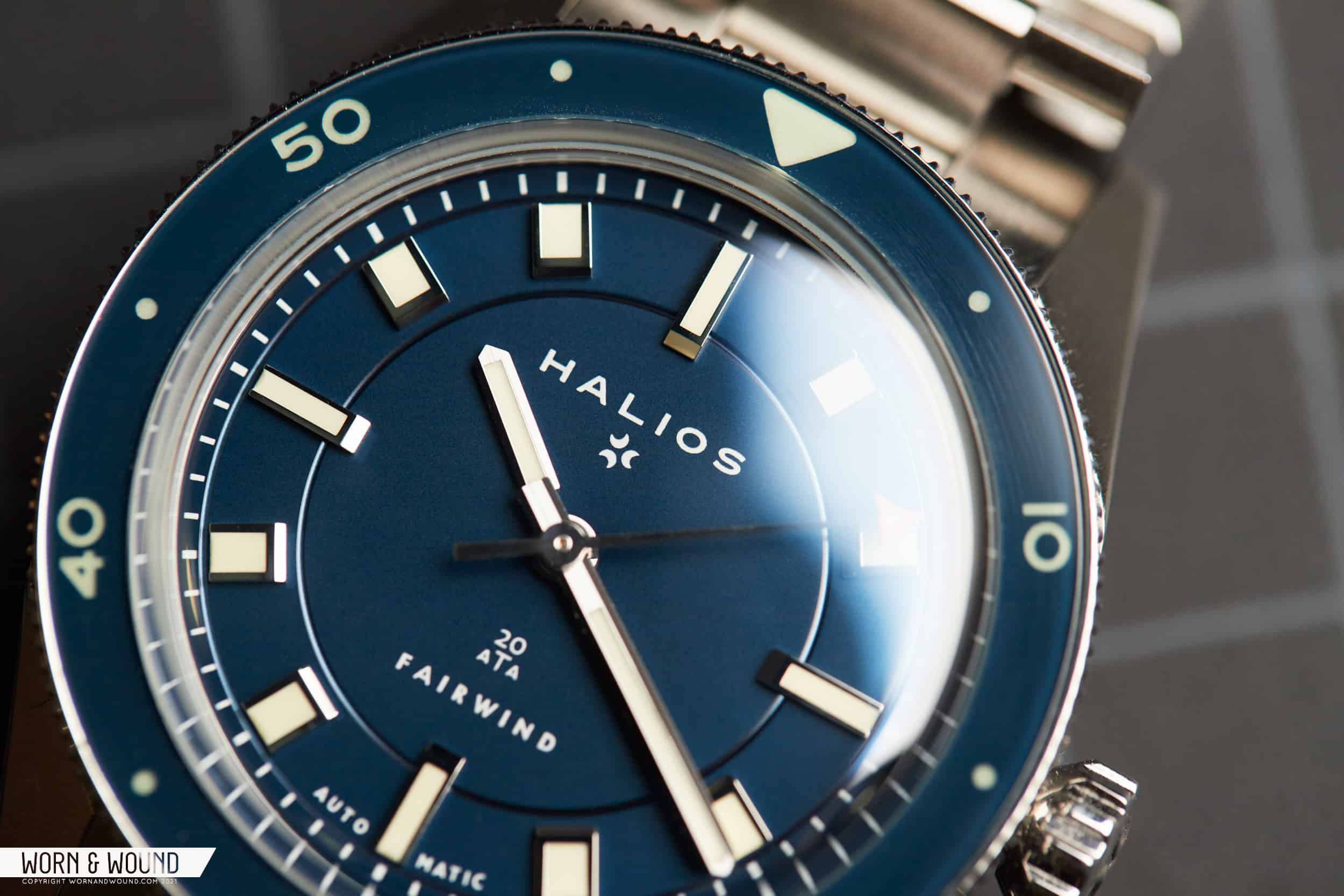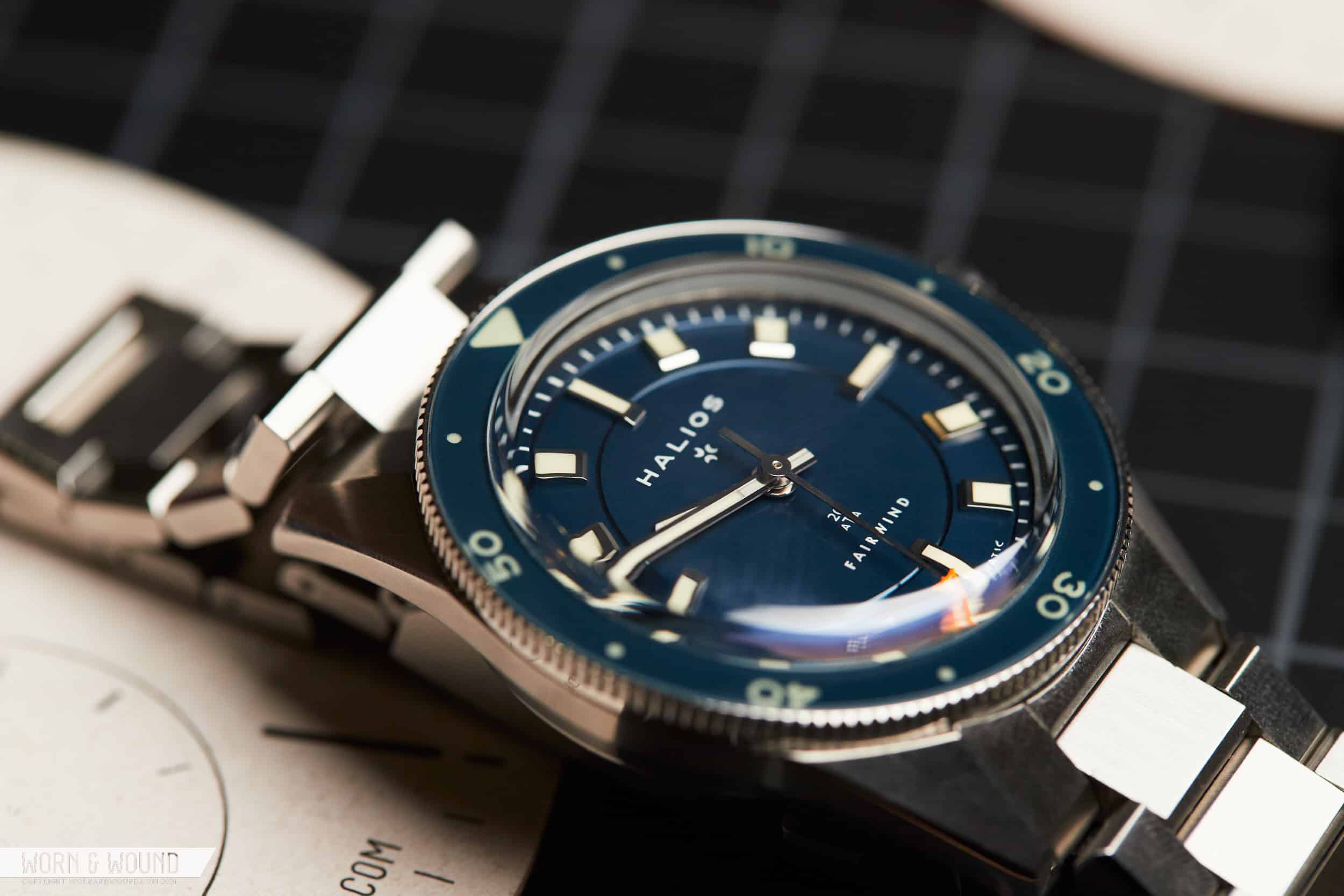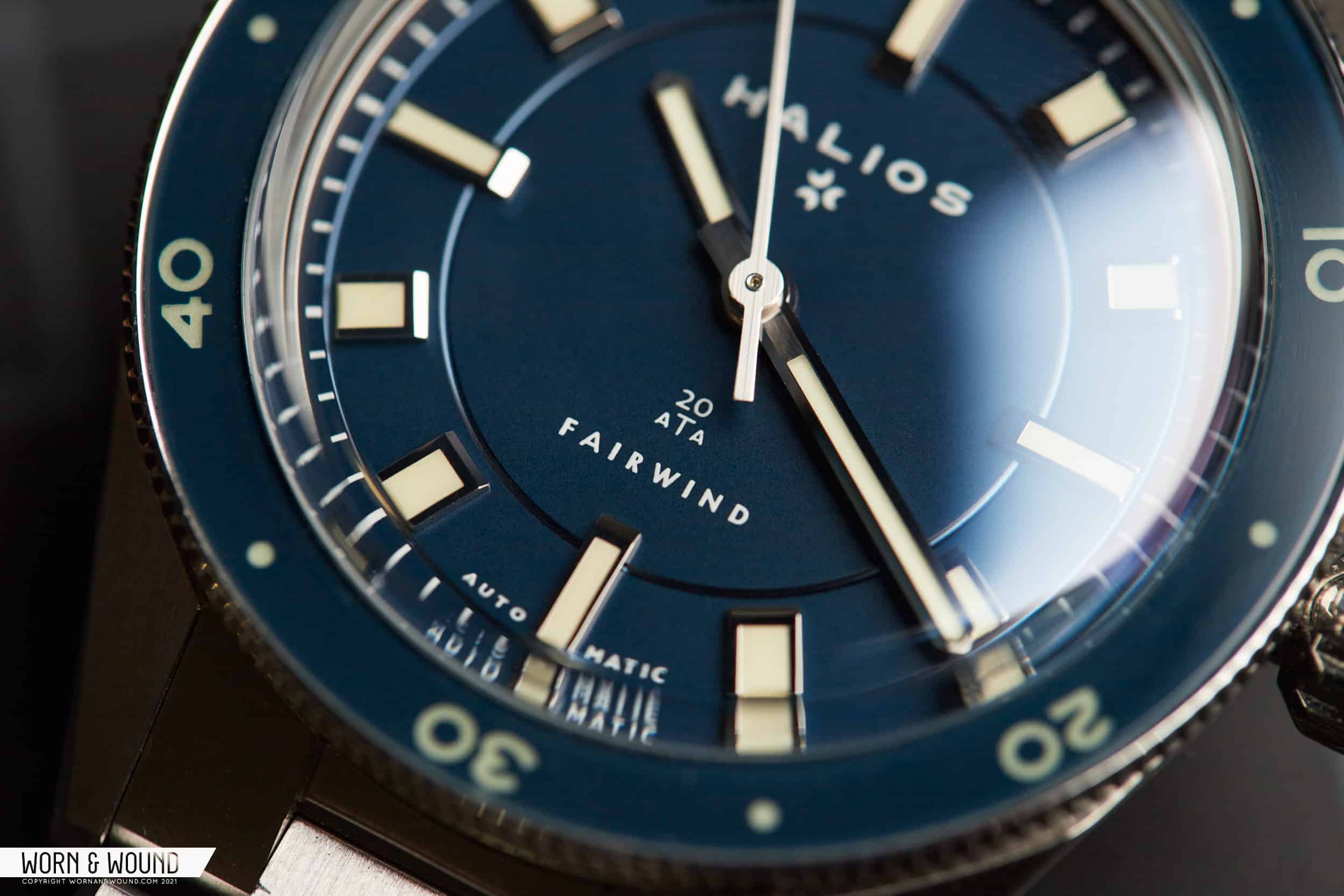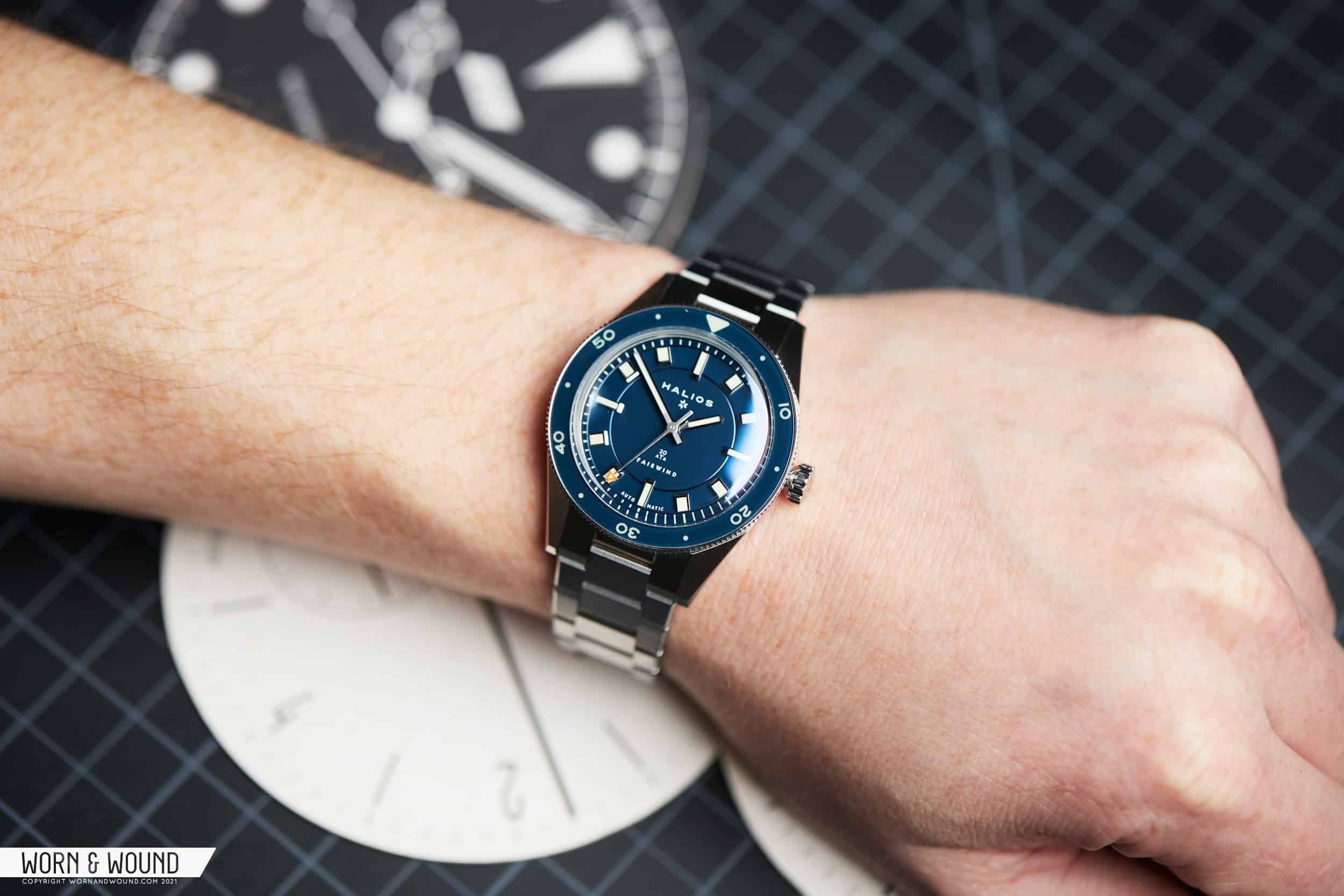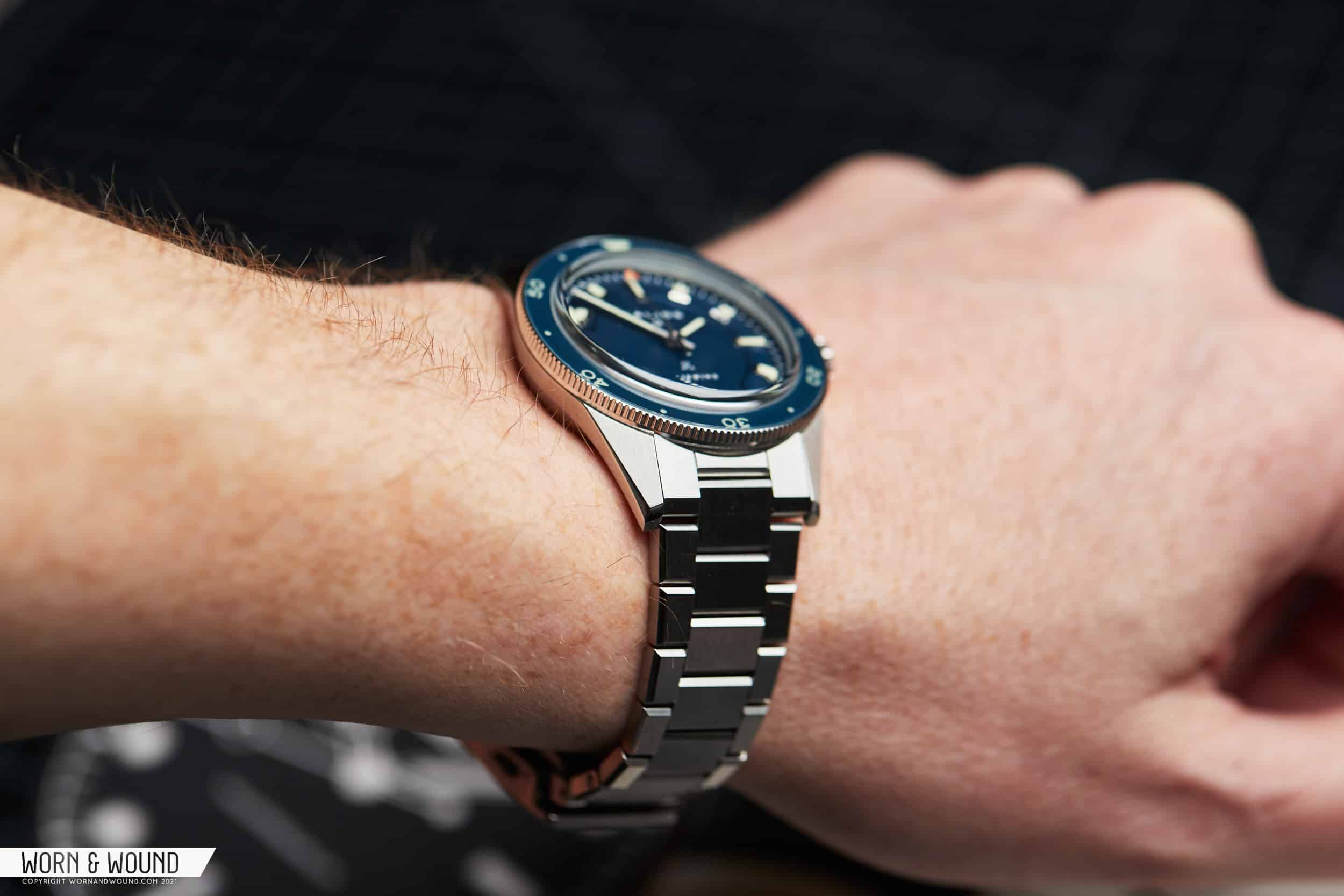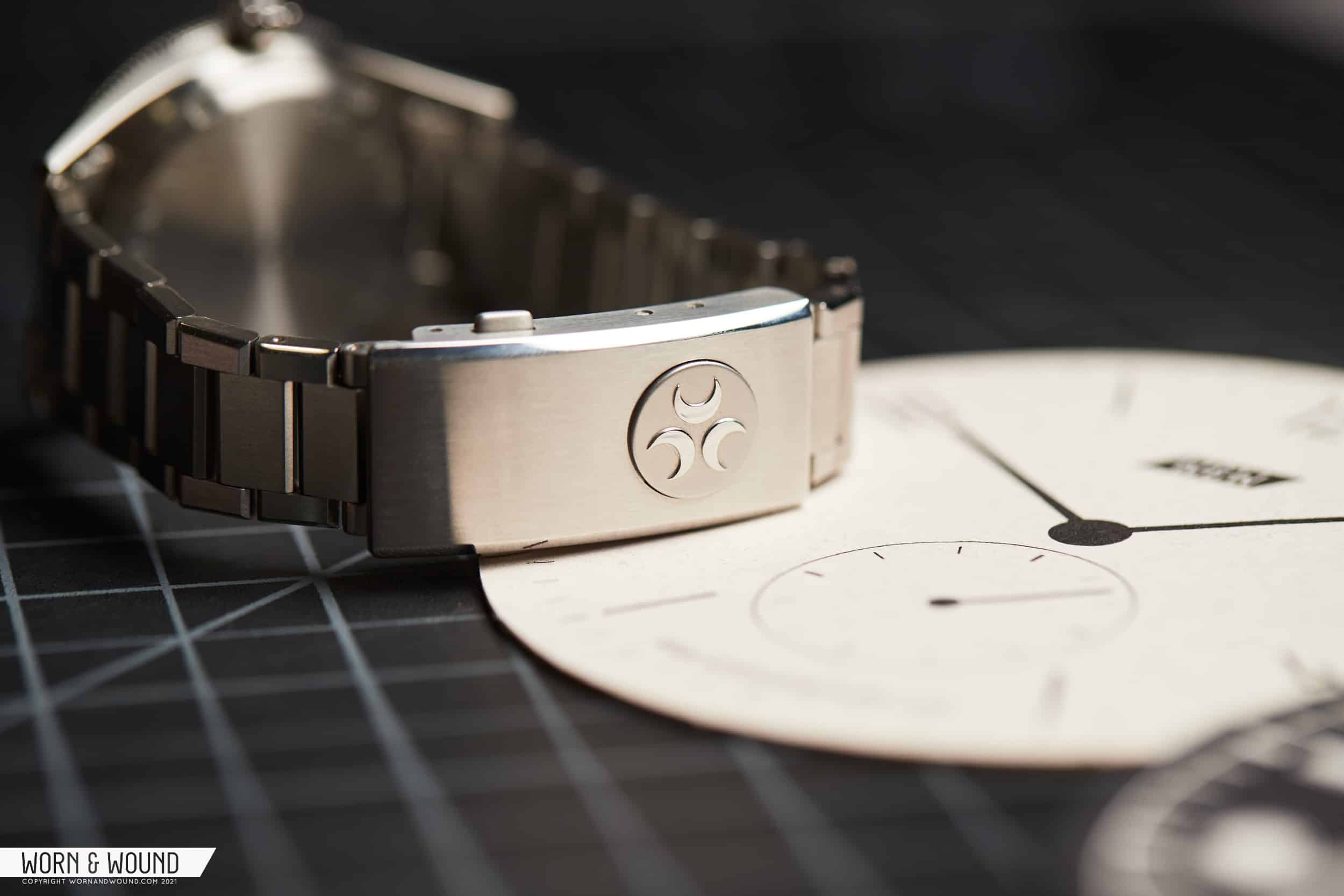Like many of you, I’ve had a love/hate relationship with Halios for years. The watches are fantastic, and I genuinely enjoy the brand’s creator, Jason Lim. That said, gathering intel on new releases, and deciphering how to actually obtain one have added some unwelcome drama to my experience of the brand. On the bright side, that makes finding and owning one all the more rewarding. Such is the case with the Fairwind, a watch that had been on my radar since first being shown back in 2019 alongside the upcoming Universa. Thankfully, someone far more prepared for the sale than myself was willing to depart with his Bathyal blue example with blue dive bezel. Thank you, kind soul.
Why all the fuss with Halios? As the cliché goes: it’s all in the details. Halios gets them right, and has developed a bit of a cult following as a result. I hate to say if you know, you know, but it’s apt here. If you don’t, well, that’s okay, too. Read on.









 Featured Videos
Featured Videos




